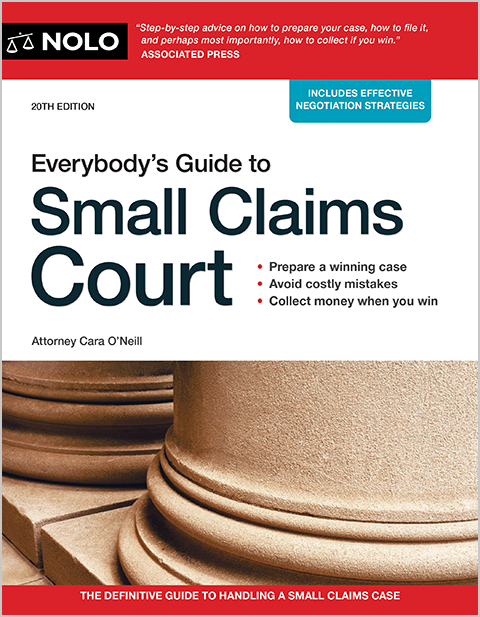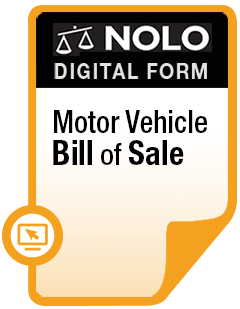If an accident occurs when a motorcycle is lane splitting, who is at fault?
Lane splitting happens when a motorcyclist rides between two lanes of stopped or slowly moving cars, usually in traffic jams. When a motorcyclists crashes while lane splitting, insurance adjusters and courts decide who was at fault for the accident based on lane splitting laws in the state and the actions of all of the people involved in the accident.
Is Lane Splitting Legal?
Laws on lane splitting (sometimes called lane sharing, lane filtering, shoulder surfing) vary from state to state. As of 2022, a handful of states have legalized some form of lane sharing. A majority of states ban it in all situations. In the remaining states, lane splitting isn't recognized as a legal maneuver, but it's not explicitly banned either.
Who Is At Fault For a Lane Splitting Accident?
Many people think lane splitting is dangerous because of how close motorcyclists get to cars when they split lanes, the limited space the vehicles have to maneuver, and the fact that drivers don't always anticipate that a motorcyclist might pass them in slowed or stopped traffic.
If an accident happens while a motorcyclist is lane splitting, there's a good chance that investigators and insurance adjusters will find the motorcyclist to be at fault for the accident. If a motorcyclist's carelessness (negligence) caused an accident, the rider is typically out of luck when it comes to getting compensation for accident-related losses (called damages).
However, if a motorcycle rider can show that another driver shares blame for the accident, the rider may be partially or fully compensated for accident-related injuries and property damage. For example, if a driver is texting or otherwise distracted and collides with a motorcyclist who is lane splitting, the driver might share fault (liability) for the accident.
The following factors can help show that a motorcycle rider isn't entirely at fault for a lane splitting accident:
- The motorcyclist was riding carefully—not speeding or weaving in and out of lanes or between cars.
- The motorcyclist is an experienced rider.
- The motorcyclist has completed a motorcycle riding or safety course.
- The other driver did something even more dangerous than lane splitting—for example, made an abrupt lane change without signaling, or drifted from one lane into another.
Learn more about proving fault in personal injury accidents and what happens in shared fault situations.
Motorcyclists should try to support their description of the accident with a police report and witness statements. Learn more about how to take notes after an accident and how to preserve evidence after an accident.
Lane Splitting Safety
If you are going to lane split, be sure it's not against the law in your state and then make sure you do it in a safe manner. If you get in an accident while lane splitting, evidence of your safe riding behavior will make it more likely that an insurance adjuster or court will find that you were not at fault for the accident.
Safety tips for lane splitting include:
- Always be alert and aware of the cars around you.
- Ride with your headlights on and wear reflective clothing.
- Enter the area where you plan to lane split cautiously—wait until both lanes of cars have slowed to the same speed. If one lane is moving faster, cars are more likely to suddenly switch lanes and may hit you when they do.
- Be extra cautious when traveling in a car's blind spot.
- Drive at a speed slightly faster than the flow of traffic. Don't zoom by stopped or slowly moving cars.
- Look for signs that a car may be changing lanes, such as the driver looking into the rearview or sideview mirrors.
- Honk if the cars get too close together. Wait until the distance is safe to pass between them.
- When traffic speeds up to about 30 mph, get back into the lane.
To learn more about motorcycle, bike, and car accidents, and how to recover for injuries and property damage resulting from these accidents, get How to Win Your Personal Injury Claim, by Joseph L. Matthews (Nolo).



